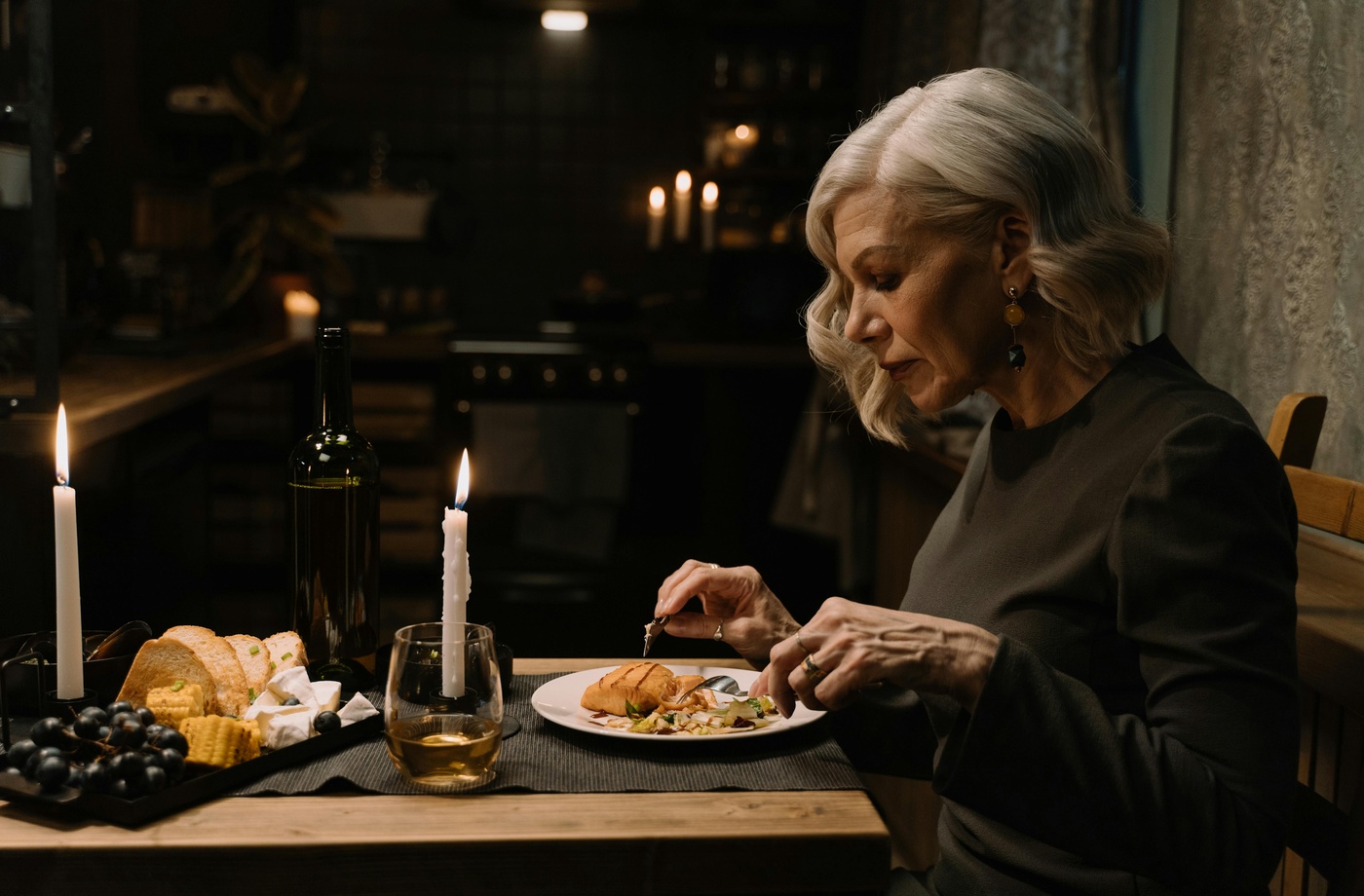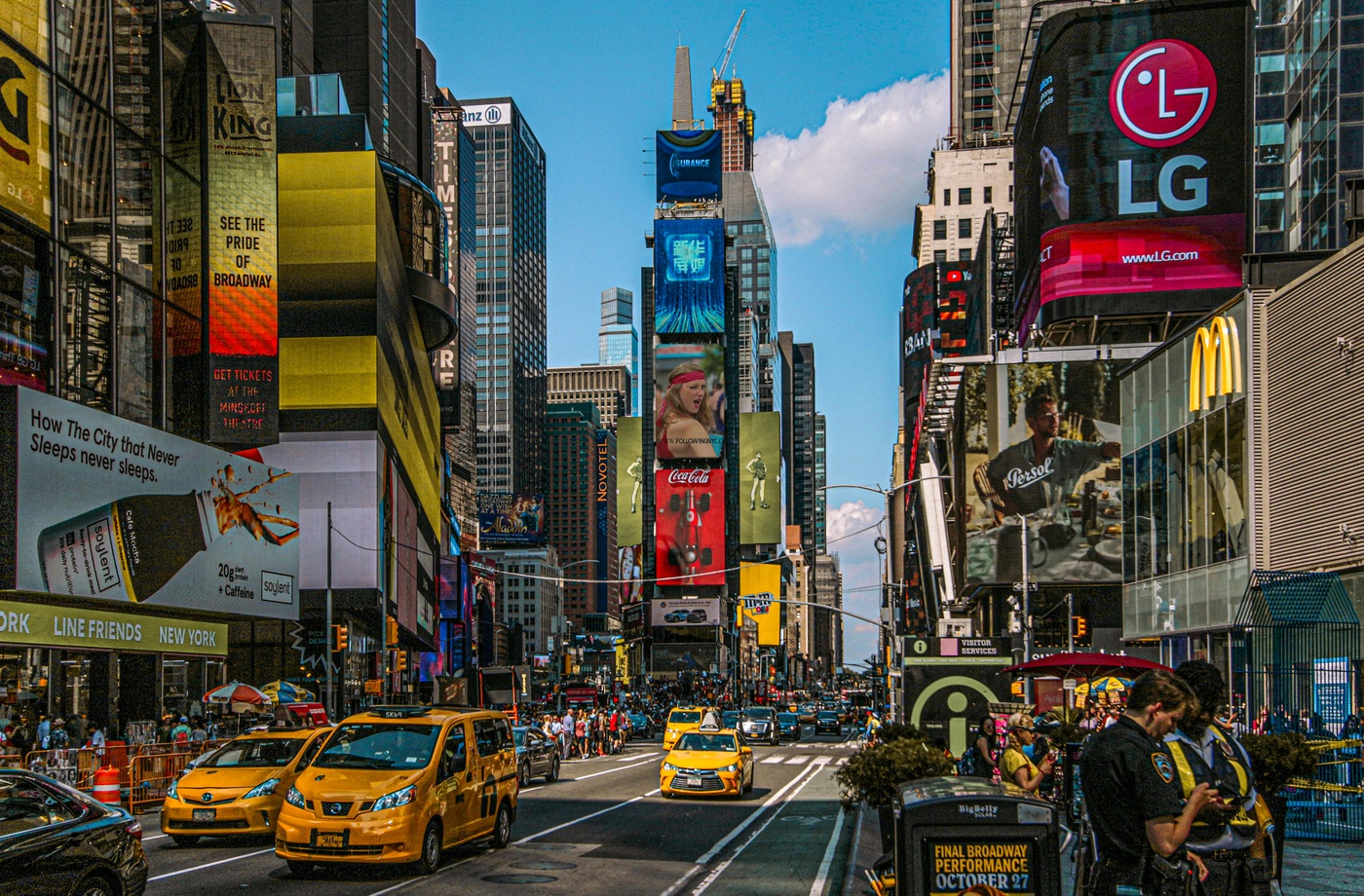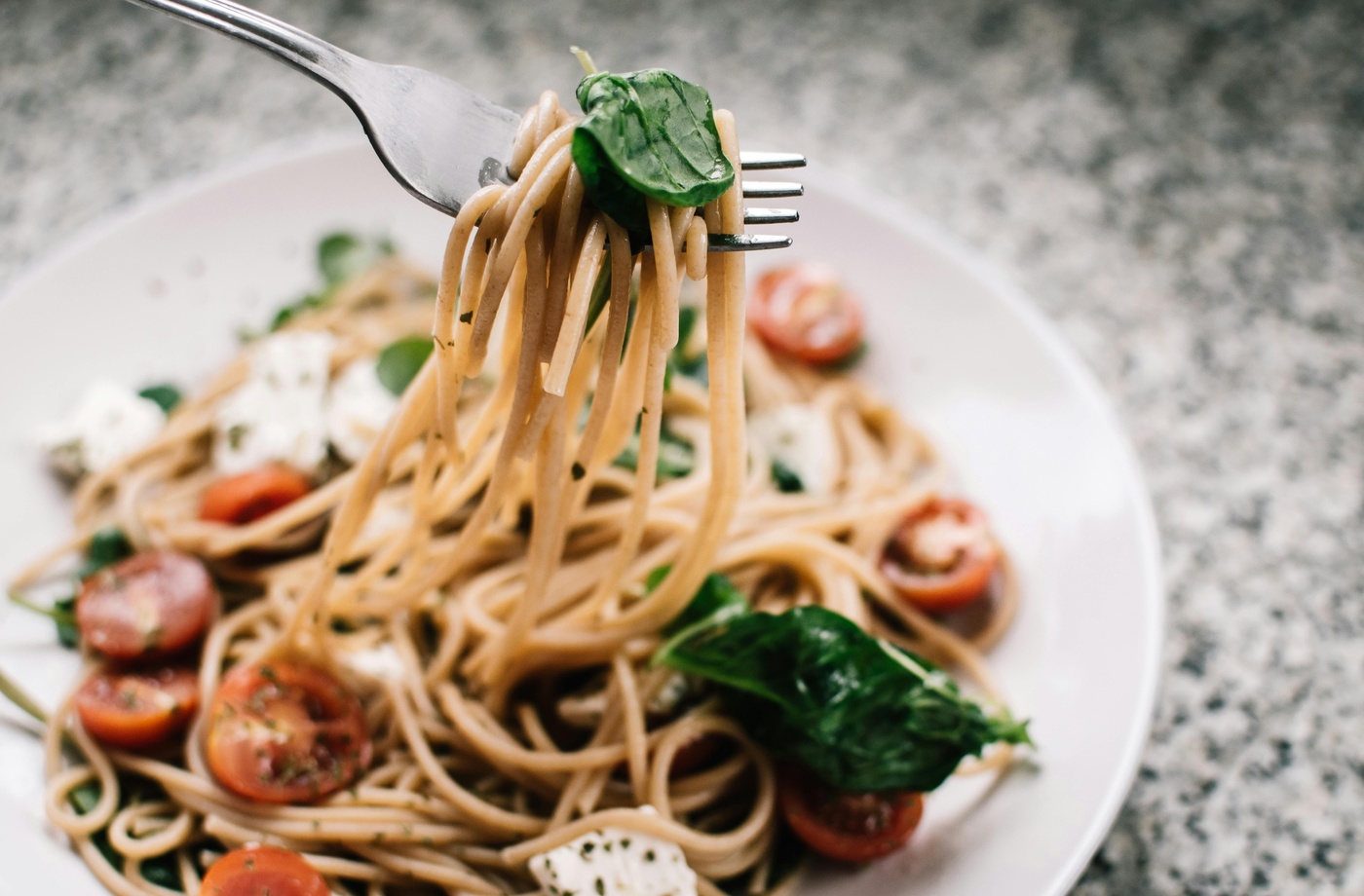There’s nothing quite like sitting down for a meal in Italy—but if you want to dine like a local, you’ll need more than just a love of pasta. From understanding multi-course menus to avoiding touristy missteps, ordering at an Italian restaurant requires a bit of cultural fluency.
Here’s your essential guide to navigating Italian dining with confidence—plus how to save on travel meals with a few savvy cashback tools.
- Understand the Italian Meal Structure
Italian meals are built around a traditional course sequence. You’re not expected to order every course, but knowing the format helps you read menus with ease:
- Antipasto: The appetizer. Think bruschetta, prosciutto with melon, or marinated vegetables.
- Primo: The first course, usually pasta, risotto, or soup.
- Secondo: The second course, typically meat or fish.
- Contorno: A side dish like roasted potatoes or sautéed greens, often ordered separately from the secondo.
- Dolce: Dessert, such as tiramisu or panna cotta.
- Caffè: Always espresso. No cappuccino after breakfast.
- Digestivo: A post-meal liqueur like grappa or limoncello.
Learn more about meal pacing and local customs from Italy Explained.
- Don’t Expect Menu Substitutions
Unlike in the U.S., customizing your order is not common in Italy—and can even be considered disrespectful to the chef. Embrace the dish as it’s written, and don’t ask for extra sauce, parmesan on seafood pasta, or substitutions unless you have dietary restrictions.
- Water and Bread Are Extra
In Italy, pane e coperto (bread and cover charge) is often added to the bill per person. Water is rarely served automatically—you’ll usually choose between still (naturale) or sparkling (frizzante). Tap water isn’t typically offered unless you ask.
- Skip the Splitting
Locals don’t usually split dishes, especially in nicer restaurants. It’s considered poor etiquette. Instead, order lighter if you’re not too hungry or simply enjoy a single course.
- Tipping is Modest
Tipping is not expected in Italy the way it is in the U.S. Most locals round up the bill or leave a few euros in cash. If you’re at a fine dining restaurant with exceptional service, a 10% tip is appreciated—but not mandatory.
- Pay at the Counter (Sometimes)
In cafes and casual trattorias, you might be asked to pay at the register, even if you had table service. Look for a sign that says “cassa”, and always keep your receipt—Italian tax laws require it to be issued.
- Use Cashback Apps When Traveling
While dining etiquette may change across borders, saving money while eating doesn’t have to. If you’re booking meals, experiences, or food tours in advance, you can often stack rewards using cashback apps.
- Use Rakuten when booking restaurants through platforms like Groupon or TripAdvisor.
- Check Ibotta for international dining offers and travel purchases.
- If you’re traveling with international chains like Uber Eats or global hotel restaurants, earn cashback at Uber Eats with a digital gift card from Fluz.
Fluz even allows you to use a virtual card (via Apple Pay or Google Pay) abroad at many merchants that accept digital wallets—giving you up to 1.5% back on everyday purchases, including meals.
Final Bite
Dining in Italy isn’t just about the food—it’s about participating in a culture that celebrates quality, patience, and connection. By learning how to order like a local and using smart tools to stretch your travel budget, you’ll enjoy the full experience—plate by plate.



